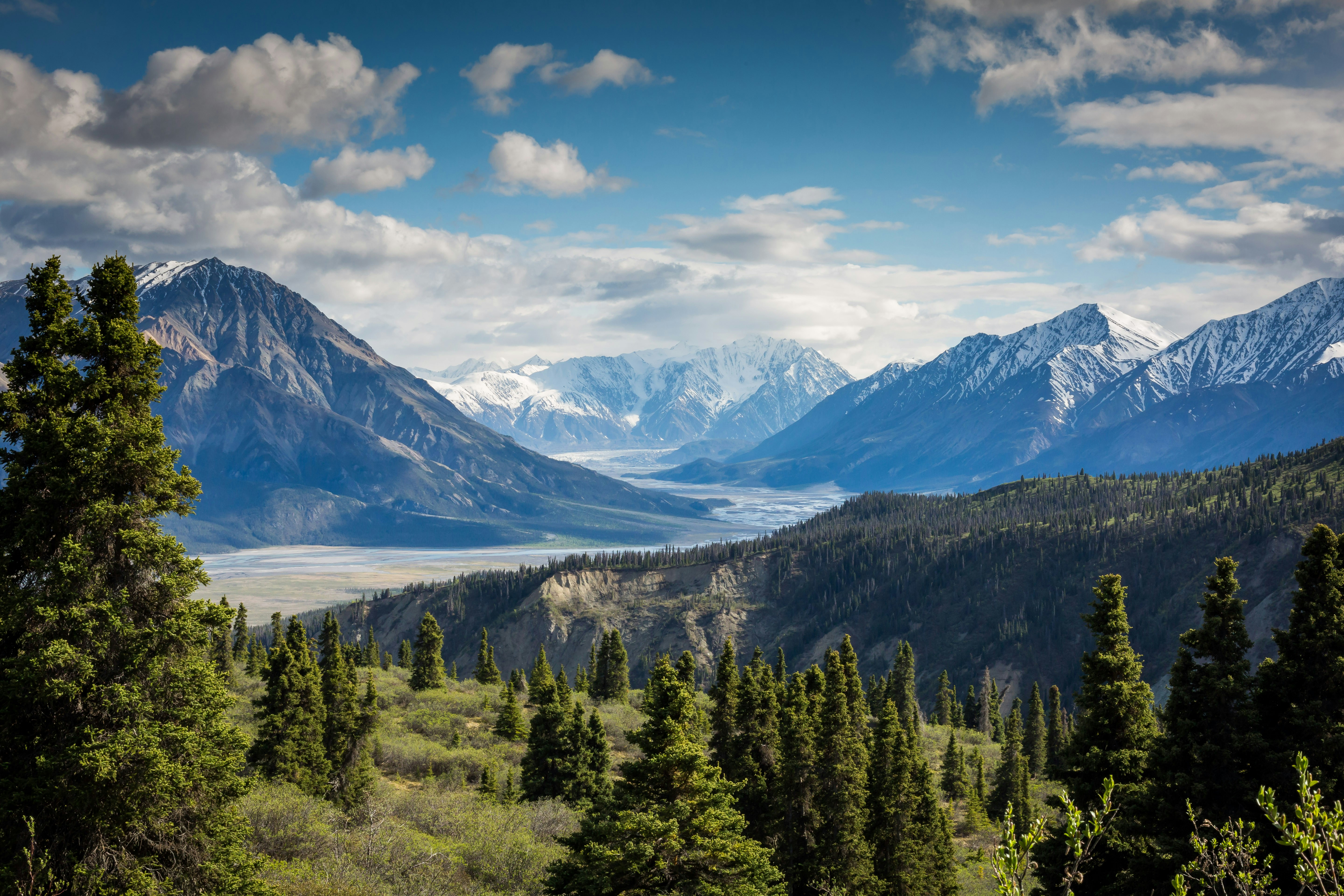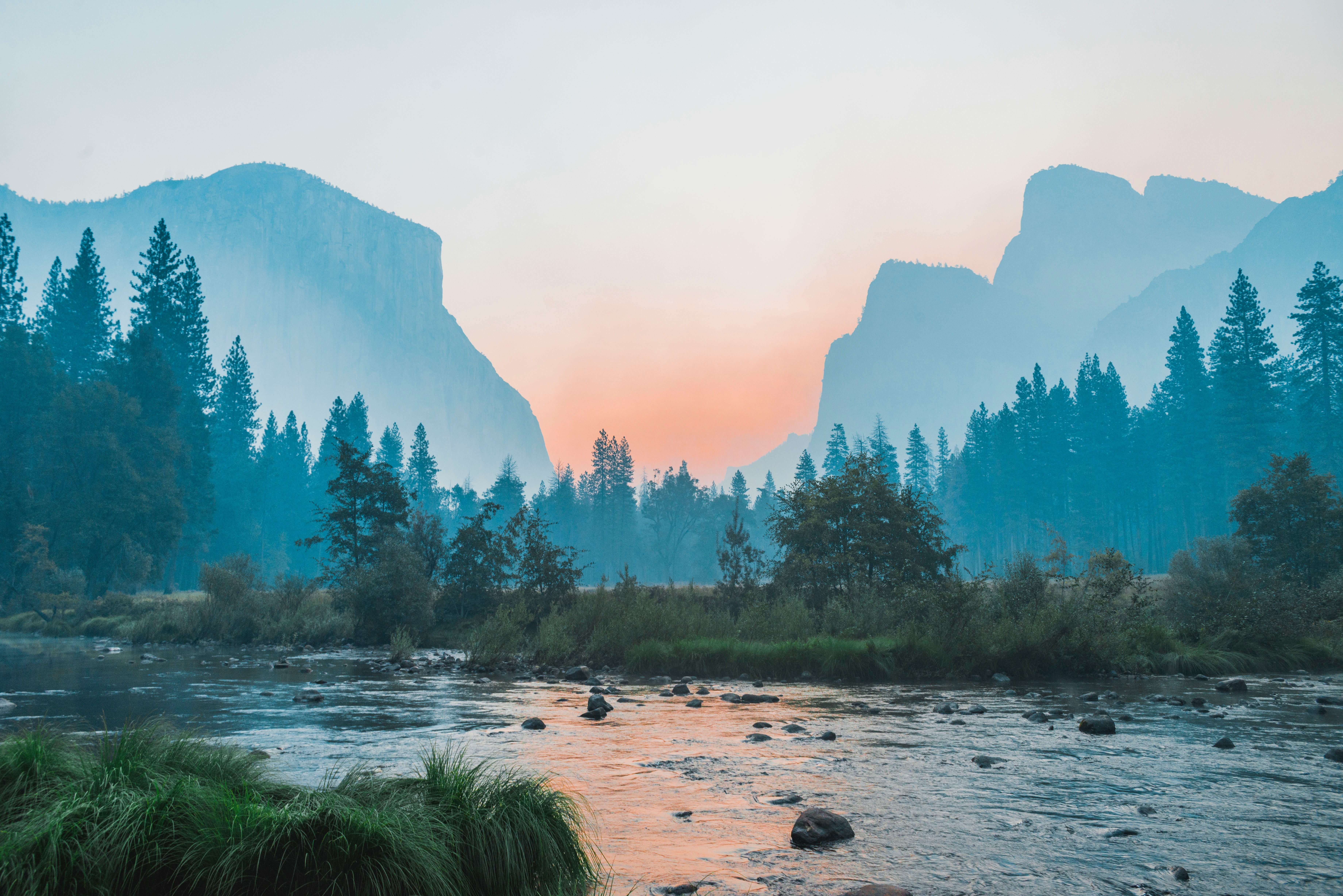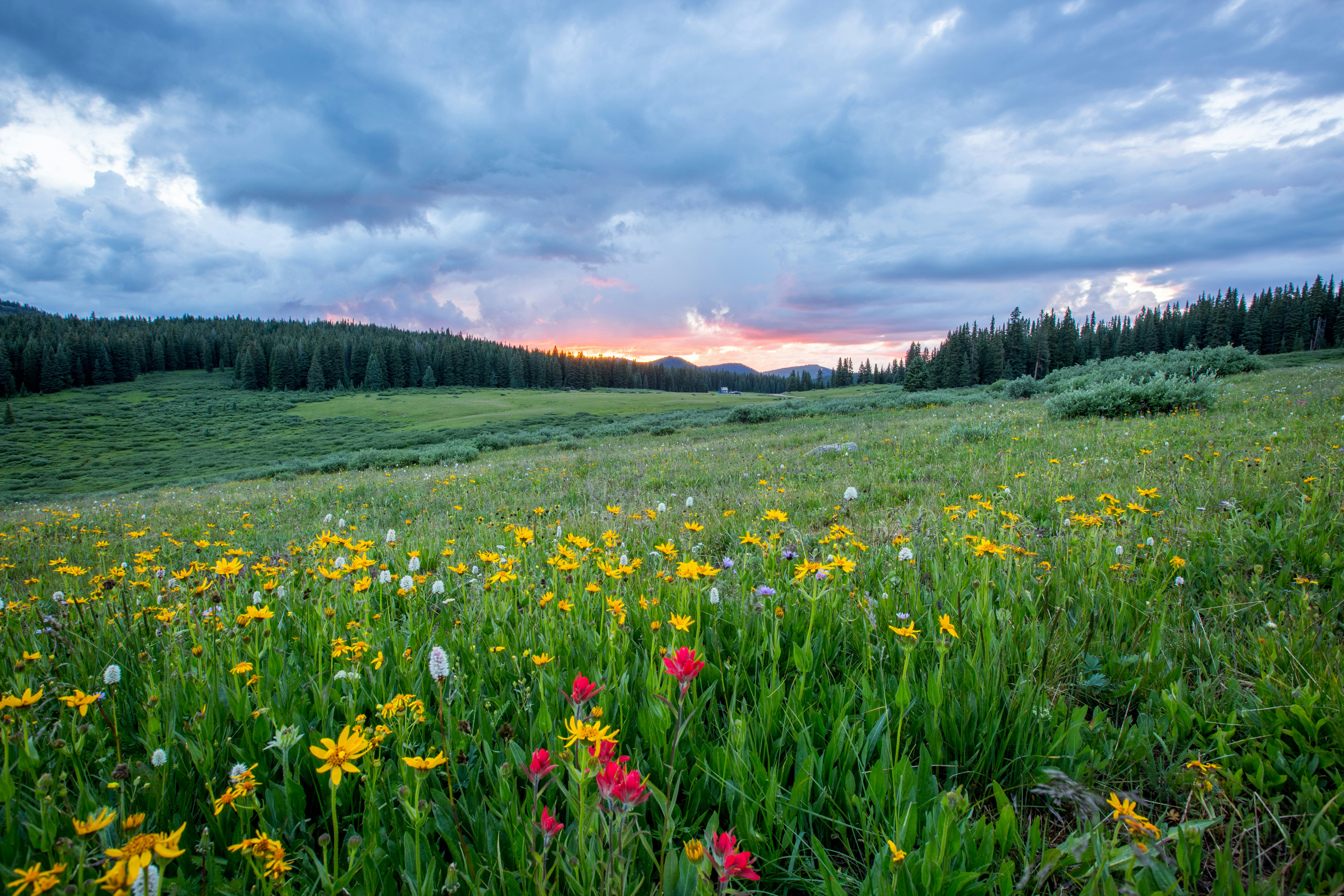
Choosing the best camera settings for landscape photography
2025-04-24



Choosing the Best Camera Settings for Landscape Photography
When it comes to capturing the beauty of the great outdoors, having the right camera settings is essential for achieving stunning landscape photos. Whether you're a beginner or an experienced photographer, understanding how to adjust your camera settings can make a world of difference in the quality of your images. In this blog post, we will explore some practical tips for choosing the best camera settings for landscape photography.
Introduction
Landscape photography is all about capturing the vast beauty of nature, from towering mountains to serene lakes and everything in between. To do justice to these stunning vistas, it's important to have the right camera settings dialed in. From aperture and shutter speed to ISO and white balance, each setting plays a crucial role in capturing the perfect landscape shot.
Practical Tips
Aperture
One of the most important settings to consider when shooting landscapes is aperture. A narrow aperture (high f-stop) such as f/11 or f/16 is ideal for capturing sharp details throughout the entire scene. This is especially important when shooting landscapes with both foreground and background elements that you want to keep in focus.
Shutter Speed
In landscape photography, a slow shutter speed is often preferred to capture the movement of elements like flowing water or swaying trees. However, using a tripod is essential when shooting at slow shutter speeds to avoid camera shake. A general rule of thumb is to keep your shutter speed around 1/60th of a second or slower for smooth water effects.
ISO
When shooting landscapes, it's best to keep your ISO as low as possible to reduce noise in your images. Start at the base ISO of your camera (usually ISO 100) and only increase it if necessary to maintain a proper exposure. Remember that higher ISO settings can introduce unwanted grain, so use it sparingly.
White Balance
Setting the correct white balance is crucial for capturing accurate colors in your landscape photos. While most cameras have an auto white balance mode, it's recommended to use a custom white balance setting based on the lighting conditions of your scene. This will ensure that your colors are true to life.
Composition
In addition to camera settings, composition plays a key role in landscape photography. Pay attention to the rule of thirds, leading lines, and foreground interest to create visually appealing images. Experiment with different angles and perspectives to find the best composition for your scene.
Conclusion
Choosing the best camera settings for landscape photography can be a daunting task, but with practice and experimentation, you'll soon find the settings that work best for you. Remember to adjust your aperture, shutter speed, ISO, and white balance based on the specific conditions of your scene. By mastering these settings and paying attention to composition, you can capture breathtaking landscape photos that truly showcase the beauty of the world around us.
In conclusion, landscape photography is a rewarding genre that allows you to connect with nature and create stunning images that will stand the test of time. By understanding and implementing the right camera settings, you can take your landscape photography to the next level and capture scenes that will leave viewers in awe. So grab your camera, head outdoors, and start exploring the world through your lens. Happy shooting!